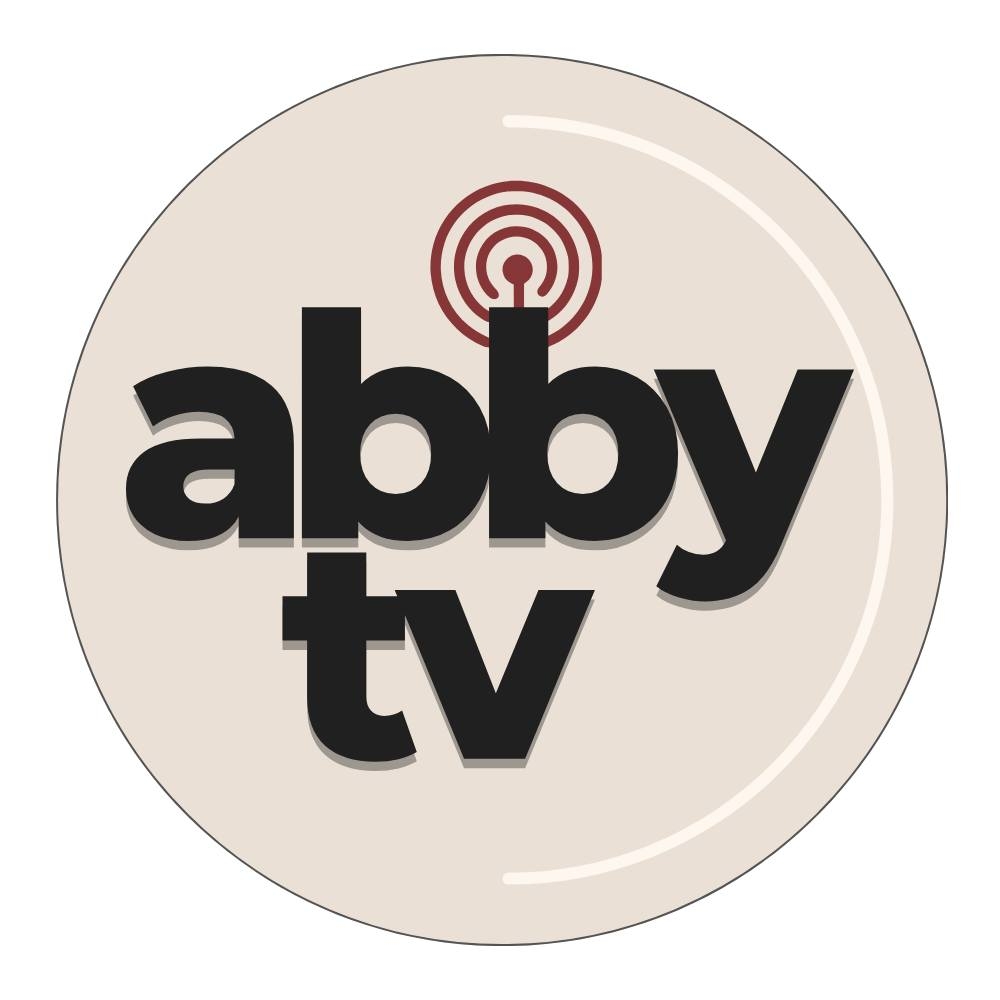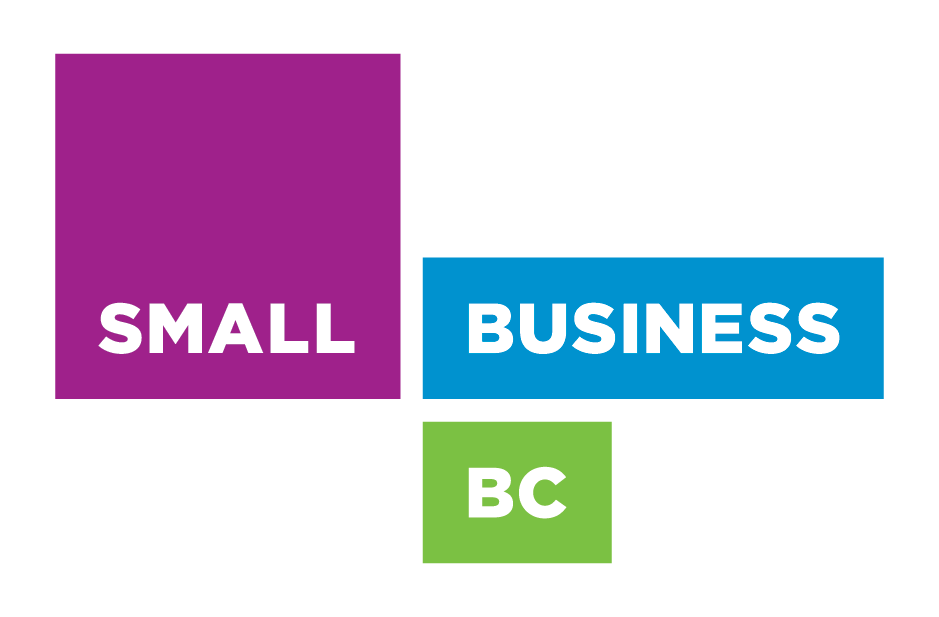Victoria – As of June 1, Parents will have the choice of bringing their children back to class on a part-time basis this school year as part of BC’s Restart Plan, with the goal of returning to full-time classes in September 2020, provided it is safe to do so.
To make sure schools are safe for students and staff, the number of students in school each day will be reduced, with most receiving in-class instruction part time. School districts will determine scheduling for classes and transportation arrangements. For kindergarten to Grade 5, this means most students will go to school half time (such as alternating days), while grades 6 to 12 will go to school about one day a week. Children of essential service workers and students needing additional supports will have the option to attend school full time. Families that decide not to send their children to class may continue learning from home.
Health and safety
All boards of education and independent school authorities will be required to implement strict provincial health officer and WorkSafeBC health and safety measures to reduce the risk COVID-19 transmission, including:
- desks spaced apart and avoiding groups or gatherings of students in hallways or other common areas;
- regular cleaning of high-contact surfaces like door knobs, toilet seats, keyboards and desks at least twice a day, and cleaning the school building at least once a day;
- students, educators and staff will be required to clean their hands before entering school property, and there will be more hand-sanitizing and cleaning stations available, with well-stocked supplies;
- staggered drop-offs, lunch and recess breaks, with increased outside time;
- staff and students (or their parents/guardians) must assess themselves daily for symptoms of COVID-19. If any student or staff member has even mild symptoms, arrangements will be made for that person to be returned home;
- one student per seat on school buses, unless children are from the same house, with plexiglass separating the bus driver from students; and
- students or employees should not share food or personal items like phones, pens or pencils. Clear protocols also need to be in place for the safe and healthy handling of all food items.
Gradual approach
The Ministry of Education has developed a five-stage approach to operate schools, depending on risk of transmission. Schools will also have plans in place for each stage, ensuring they are ready to make changes if there is a risk of transmission, a second wave or a community outbreak.
Each school district and independent school must have its return-to-class and safety plans approved by the ministry before moving to the next stage. The plans will be posted on each district’s website for families to access. The ministry will support boards of education and independent school authorities in building these plans, and operations during the pandemic will be regularly monitored.
Since returning to class is voluntary and most students will be attending part time, school leaders will contact families to make arrangements for children to return to in-class instruction. If parents have not heard from their schools by May 22, 2020, they are asked to contact their principal. Parents and caregivers are advised to follow the schedule provided for their child to ensure a safe and orderly restart.
Child care
Many child care centres have continued to operate safely throughout the COVID-19 pandemic to support essential service workers in communities across B.C.
Updated health and safety guidelines for child care settings released by the provincial health officer will support child care centres that were closed to reopen safely as they are able, and will reassure parents as they return to work that their children will be cared for in a safe environment.
Information from the BC Centre for Disease Control states the COVID-19 virus has a very low infection rate in children. As well, children are not the primary drivers of COVID-19 spread in child care facilities, schools or in community settings. Like schools, child care centres will need to take additional precautions to maintain the health and safety of their employees and the children they care for.
“We know that parents will continue to make the right child care decisions for their family, based on their individual circumstances, and providers will do the same for their centres and the child care professionals who work there,” said Katrina Chen, Minister of State for Child Care. “While we are giving the necessary tools to child care centres to operate safely, it is ultimately the choice of parents and providers.”
New provincial health officer’s guidelines for safely providing child care include:
- maintaining the physical space requirements set out in the Child Care Licensing Regulation. Child care centres have sufficient space to support physical distancing between staff without reducing the number of children in care at any one time.
- organizing children into smaller groups and/or spreading children out to minimize direct physical contact.
- cleaning and disinfecting frequently touched surfaces at least twice a day. General cleaning of the centre should occur at least once a day with common cleaning and disinfectant products.
- Setting up hand-hygiene stations at the entrance, so children can clean their hands when they enter. If a sink with soap and water is not available, provide hand sanitizer but keep out of children’s reach and supervise its use. Additional hand-hygiene opportunities should be built into the daily schedule.
- staggering the timings of pickup and drop-off. A daily check at drop-off may be conducted by asking parents and caregivers to confirm their child does not have symptoms of common cold, influenza, COVID-19 or other respiratory disease. There is no role for screening children or staff for specific symptoms, checking temperatures or COVID-19 testing. Such activities are reserved for health-care professionals.
- having children outside often, including for learning activities, snack time and play time.
- ensuring each child has their own individual meal or snack. Reusable utensils must be cleaned and sanitized after each use.
- asking parents and caregivers to only bring personal comfort items (e.g., stuffies) if they are clean and can be laundered at the end of each day.
These guidelines will be complemented by WorkSafeBC guidelines for child care providers, which will be released next week.
BCTF President posted her response to Facebook:
We know many members are feeling very anxious and stressed about the government’s plan to expand in-school instruction. There is still more work to do and we will work hard with our local associations to ensure we get you the most up-to-date and accurate information as soon as we have it.
We know how hard you have been working during this initial phase of emergency remote learning. Your creativity and commitment to your students is inspiring and is making a huge difference in the lives of many children and youth. Thank you.
To help ensure you have all the information you need, the BCTF has booked two telephone town halls next week so all members can hear directly from President Teri Mooring and First Vice-President Clint Johnston about the government’s plan, the Federation’s response, and how your health and safety is the top priority. Information on those calls is at the end of this message.
When the government first made the decision that schools would expand in-class instruction this Spring upon recommendation of the Provincial Health Officer, the BCTF went to work to ensure the highest standards of health and safety were implemented across the entire province. We made sure the government heard all of your concerns and addressed the many variables teachers are facing.
We have been working with government non-stop around a co-ordinated start to ensure there was consistency in every single school district on key health and safety measures. We also pushed back against individual districts trying to expand in-class learning before June 1. Teachers, support staff, students, and parents all need time to read through the government’s plan and understand it before more students are welcomed back to school on or after June 1.
The decision to expand in-class instruction is the government’s, and they made that decision under the guidance of Dr. Bonnie Henry, BC’s excellent Public Health Officer. The plan includes some strong measures around physical distancing, reduced class sizes, cleanliness, and other safety measures that are proven to be effective in preventing the spread of COVID-19. We also know that the duty to accommodate high risk and vulnerable workers still applies, and those teachers will be protected. Our locals will work with those members to ensure they have the support and information they need in the days ahead.
You can read all of the details about the government’s plan to expand in-class instruction and establish health and safety standards here.
The Federation still has some concerns around the availability of Personal Protective Equipment (PPE) like masks for teachers who want them, we will be working with site-based Joint Occupational Health & Safety committees on mask availability. It is of course, our choice as to whether we wear PPE or not and the government document states that, “It is important to treat people wearing masks with respect.” Teachers and students may choose to wear PPE as we return to schools.
We also have more work to do with government and the school districts on how to address teacher workload concerns. We have received a commitment from government that the conversation on workload will continue and that teacher workload will be respected. The Minister of Education said publicly that he expects districts to be flexible and ensure workloads are not increased. We will be working with the government and school districts to ensure that is the case.
We know you still have a lot of questions and concerns. We do too. The government made some good progress on the vast majority of the BCTF’s concerns, but there’s still more work to do.
The BCTF will continue to advocate for you and strongly represent you over the next two weeks and beyond.
Once again, thank you for all you are doing to help your students and each other.
Details about next week’s telephone town halls
The Federation will host two telephone town hall meetings next week with President Teri Mooring and First Vice-President Clint Johnston on COVID-19 and the government’s announcement today about the expansion of some in-school instruction.
On Wednesday, May 20, at 7:00 p.m., members in North Central/Peace River, Vancouver Island North, Kootenay, Okanagan, and North Coast zones will have their town hall.
On Thursday, May 21, at 7:00 p.m., the townhall will be held for members in Metro/Fraser Valley, Metro West, and Vancouver Island South.
A telephone town hall is similar to a radio call-in show, with the focus being on hearing from members across the province.













